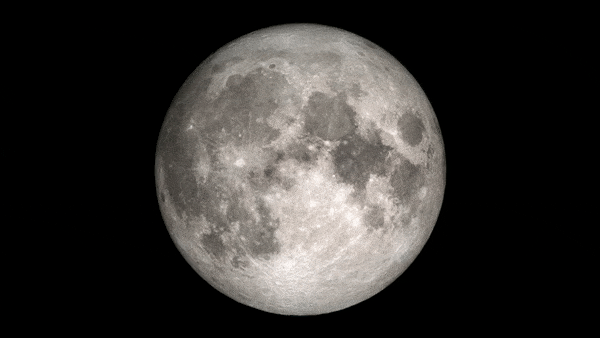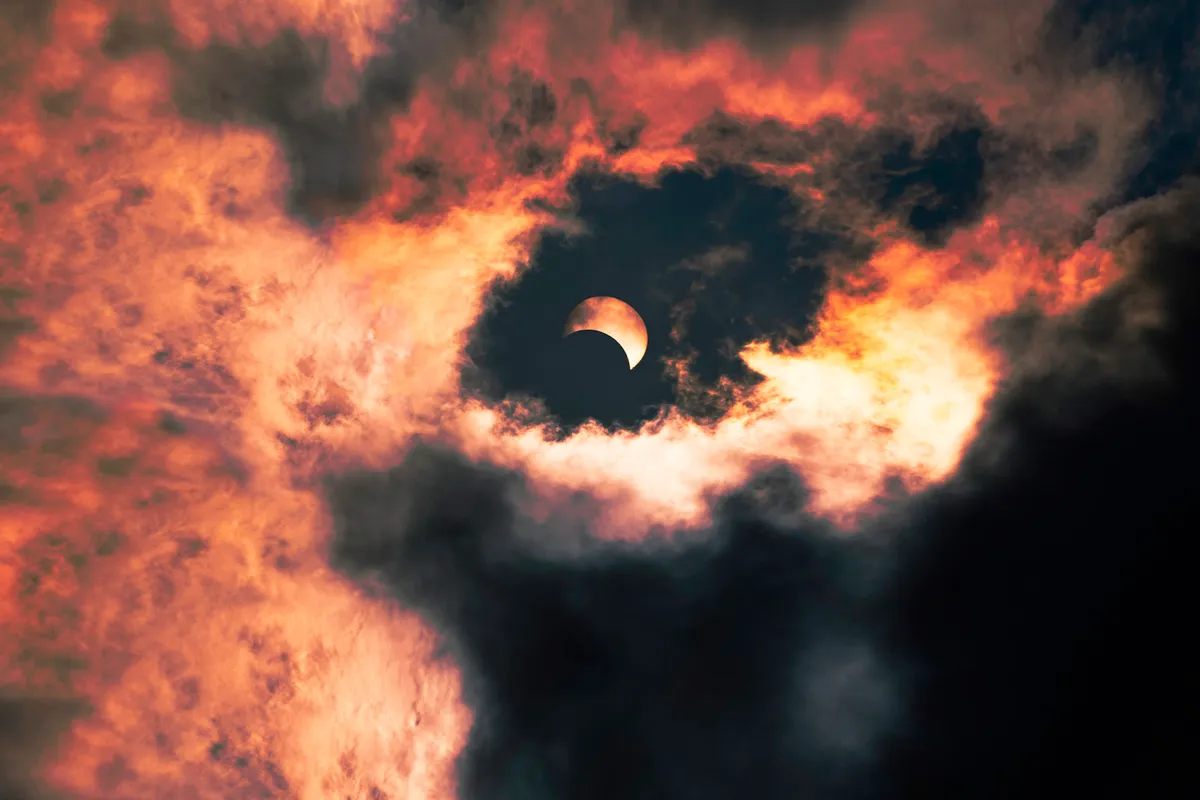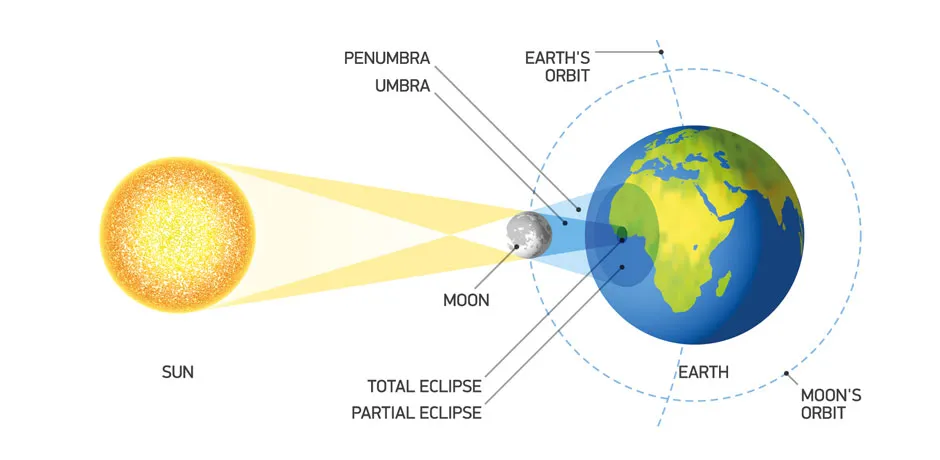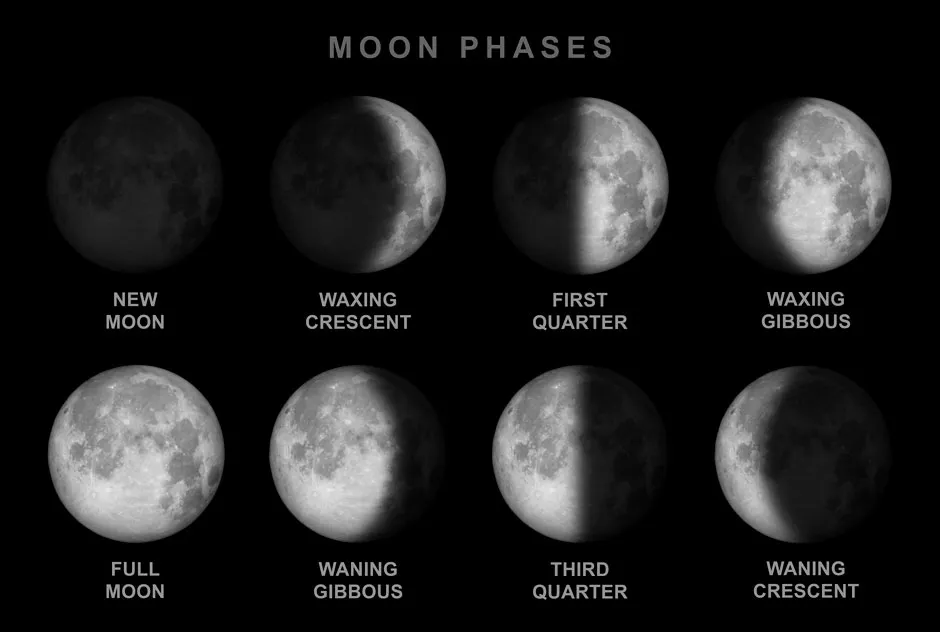With the Lyrid meteor shower last week, and with the Eta Aquariids next week to look forward to, astronomical events are starting to pick up for 2022. Tomorrow we'll be treated to a rare Black Moon as well as a partial solar eclipse.
But when exactly is the Black Moon? Why is it special? And, what's its connection with the solar eclipse? Answers to these, and more, below.
If you’re looking forward to making the most of the clear nights this year, why not plan ahead with our full Moon UK calendarandastronomy for beginnersguide?
What is a Black Moon?
There are several different definitions of a Black Moon, however, it typically refers to when there are two new Moons in a single calendar month. This phenomenon is down to the way the calendar falls.
The Moon takes approximately 29.53 days to orbit the Earth and complete one lunar cycle. If the first new Moon falls on the 1st of the month, in our Gregorian calendar, we see a second new Moon at the end of the month - and this is informally known as a Black Moon.
A Black Moon is the opposite of a Blue Moon, which is when there are two full Moons in a single calendar month.

When is the Black Moon in 2022?
The Black Moon in 2022 falls on Saturday 30 April 2022. As a new Moon, illumination will be at just 0.2 per cent, and it will be at a distance of 395,380km from the Earth.
The Black Moon will cross the sky during the day, rising at 5:37am, and setting at 8:07pm Daylight Saving Time (DST).
The Black Moon on Saturday is special because it coincides with the first solar eclipse of the season.
The next Black Moon of this type falls on 19 May 2023.
When is the solar eclipse?
The solar eclipse begins at 7:45pm DST and reaches the maximum phase at 9:41pm, but unfortunately, it won't be visible from here in the UK. The path of the solar eclipse will travel over the southeast Pacific, southern South America, Antarctica and the Atlantic. Around 64 per cent of the Sun will be blotted out by the Moon at the maximum phase.
If you're lucky enough to glimpse it, the solar eclipse will take place in the constellation of Taurus the Bull
The next solar eclipse visible from the UK will be a partial solar eclipse on 25 October 2022. For a total solar eclipse, we have considerably longer to wait, the next occurrence being 23 September 2090, although there will be other opportunities around the world before then.

What causes a solar eclipse?
A solar eclipse happens when the Sun, Moon and Earth align perfectly in a straight line, so the Sun casts a shadow of the Moon over the Earth. In other words, from our viewpoint, the Moon - for a moment - blocks the light of the Sun from reaching Earth. A partial solar eclipse, like the one on 30 April 2022, happens when the Moon comes between the Sun and the Earth, but only part of the Sun is obscured.
A solar eclipse will only happen during a new Moon.
However, not every new Moon will result in a solar eclipse. This is because, relative to the Earth, the Moon's orbit is inclined (tilted) at an angle of 5.14 degrees. So as the Moon orbits the Earth, it's often above or below the plane of Earth's orbit around the Sun - we call this the plane of the ecliptic. Therefore the Moon's shadow will often miss the Earth, appearing to us as though it's just above, or just below the Sun in the sky.

Discover more:
- Why are solar eclipses rarer than lunar eclipses?
- Solar eclipse 2021: The best pictures of the Sun spectacle from around the world
- How far apart are the Sun, Moon and Earth during eclipses?
How often do new Moons occur?
Like their fully-illuminated counterpart, new Moons occur on average, every 29.53 days, and they bookend one lunar cycle. Most of the time, there are 12 new Moons in a year. However, as the length of the lunar cycle is slightly shorter than months with 30 or 31 days (the exception being February), we sometimes get an extra new Moon. This year we have an extra new Moon, and it's the Black Moon on Saturday.

A new Moon occurs when the Moon is located directly between the Sun and the Earth. The sunlight still hits the Moon, but since it reflects off the Moon's far side, which is tidally locked away from us, from our perspective the Moon cannot be seen.
Other definitions of a Black Moon
- When there is no new Moon in a calendar month.
- When there is no full Moon in a calendar month.
- When there are four new Moons in a season.